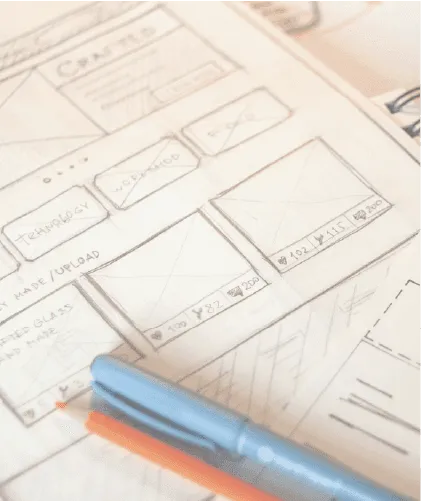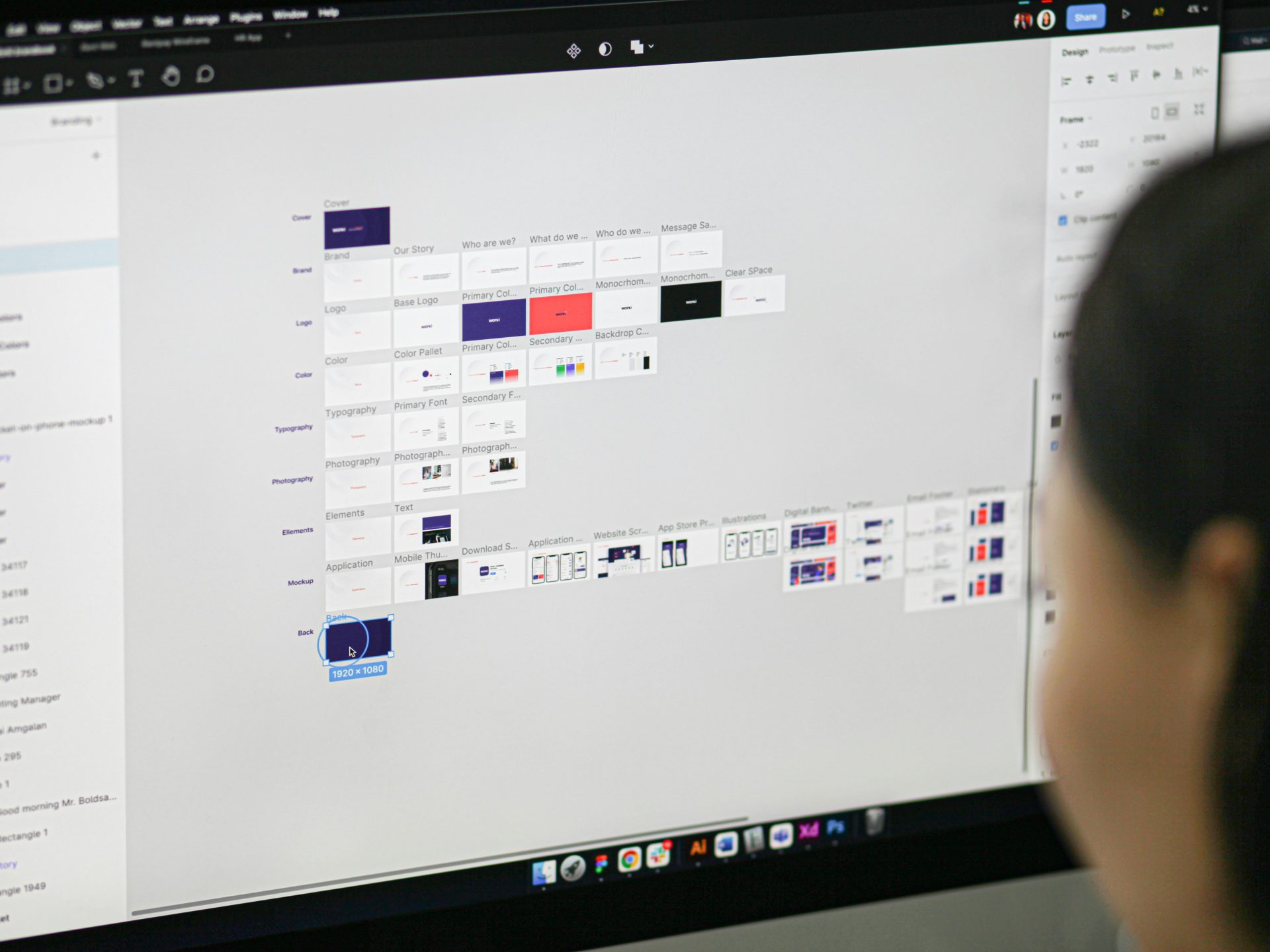When you are building a website with a CMS (content management system), you have two main choices when it comes to your approach to the design of the site: template or custom website design.
Your busy with your own Auckland business, though, why the heck should you care? It’s a techie question – leave it to the techies.
Actually, this is something you should know about. While the issue is a bit techie, the outcomes can directly impact your bottom line.
So, here is the explanation of template vs website design without all the boring techie parts. Just the straightforward business reality.
What Are Template Websites?
Most websites are not built from scratch. It makes sense right: why would you write lots of code that has been written millions of times before?
That’s why CMS platforms exist. They provide an underlying structure for a new website plus they make it possible for you, the website owner, to make changes (add new products, update the text on a services page, upload a new image to a gallery, etc) without having to go back to your developer.
So, CMS platforms make websites easy to use.
Templates make websites easy to build for your developer.
There are some benefits to this including the fact the development time will be quicker.
However, the negatives of templates far outweigh the positives. More on that in a minute, though.
How Do Templates Work?
As the name suggests, a company usually makes a template and offers it for sale. The best are bought tens of thousands of times so are used on tens of thousands of websites.
They come with a range of features including a layout for the content, various tools and display elements, and more.
The developer then adds your content to the template, changes the colour scheme to match your brand, makes a few other customisation tweaks, and, boom, you have a brand-new website.
Well, new to you, anyway. Remember, lots of other websites will be using the template too, so their website will look very similar to yours.
That’s just one of the downsides of using templates, though. Here are some others.
Downsides of Using Template Website Design
- We’ve just mentioned this one, but it’s important enough to mention again – your website won’t be completely unique.
- The customisation options will be very limited. To a greater or lesser degree, what you see with the template is what you get.
- It can be very difficult to add new features or change a feature if it doesn’t work how you want it to.
- As templates need to be one-size-fits-all, they can be bloated which can make your website clunky and slow.
- The template may not work well on all the devices you need it to work on.
- Upgrading or changing your website in the future is hard.
All the above means that a template website can fail in regard to delivering a good user experience. This is where it will impact your bottom line, as you won’t get the results that could have been possible.
Also, template website design may also cost you more in the long run.
Custom Website Design
Custom website design involves creating a fully bespoke design for your site with the features you need and with a unique appearance. It will also be lean so it will run fast and smoothly, it will be scalable according to the needs of your business, and it will deliver a fantastic and fully customised user experience.
In other words, you’ll get better performance and better results from custom website design.
So, if you want your new website to improve your business, custom website design is the way to go.








